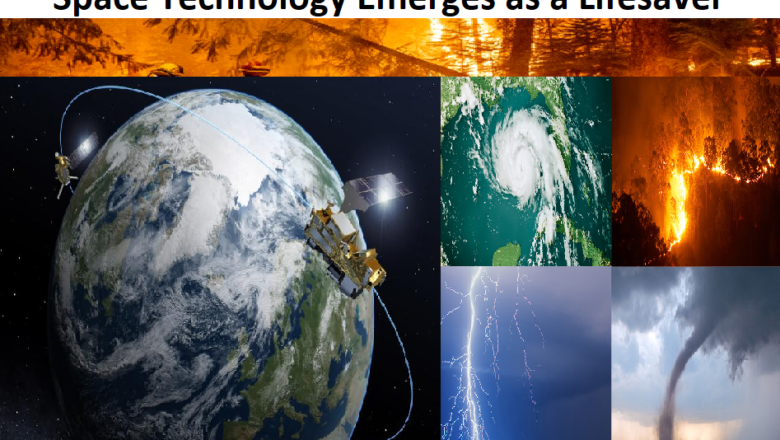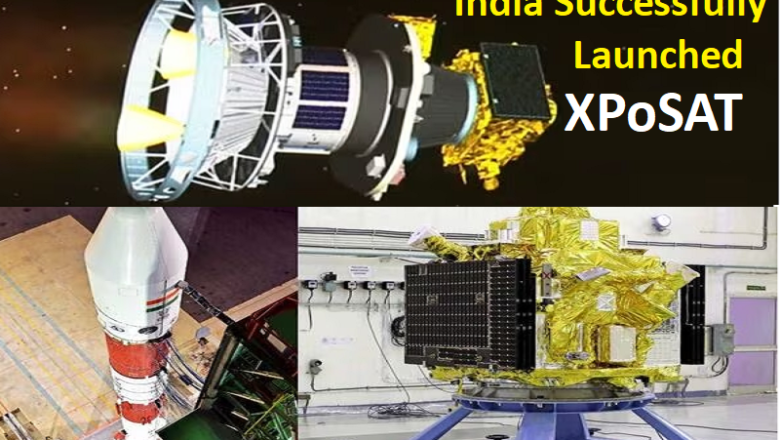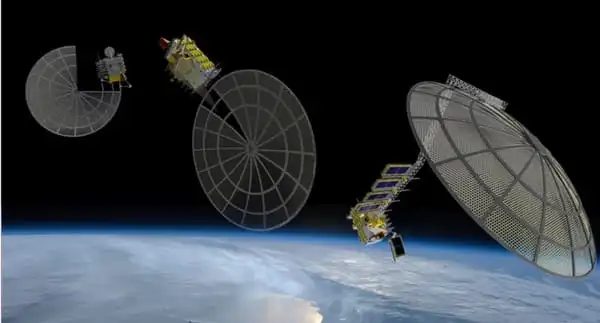
Satellite Technology Emerges as a Lifesaver for Utilities and Disasters Impacts Assessments
Amidst these challenges, satellite technology has emerged as a beacon of hope for utilities. Leveraging high-resolution, multispectral imaging techniques, satellites contribute significantly to disaster management, offering real-time data, continuous monitoring, and risk assessment. The advantages of satellite technology for utilities in disaster management are manifold.
Accuracy and Availability of Near Real-Time Data: In times of storms and disasters, rapid response is crucial for saving lives and minimizing risks. Satellites provide accurate, continuous, and near real-time data, transcending geographical, weather, and terrain limitations. With thousands of earth observation satellites capturing data through optical, LiDAR, radar, and Synthetic Aperture Radar (SAR) imagery, utilitie...






